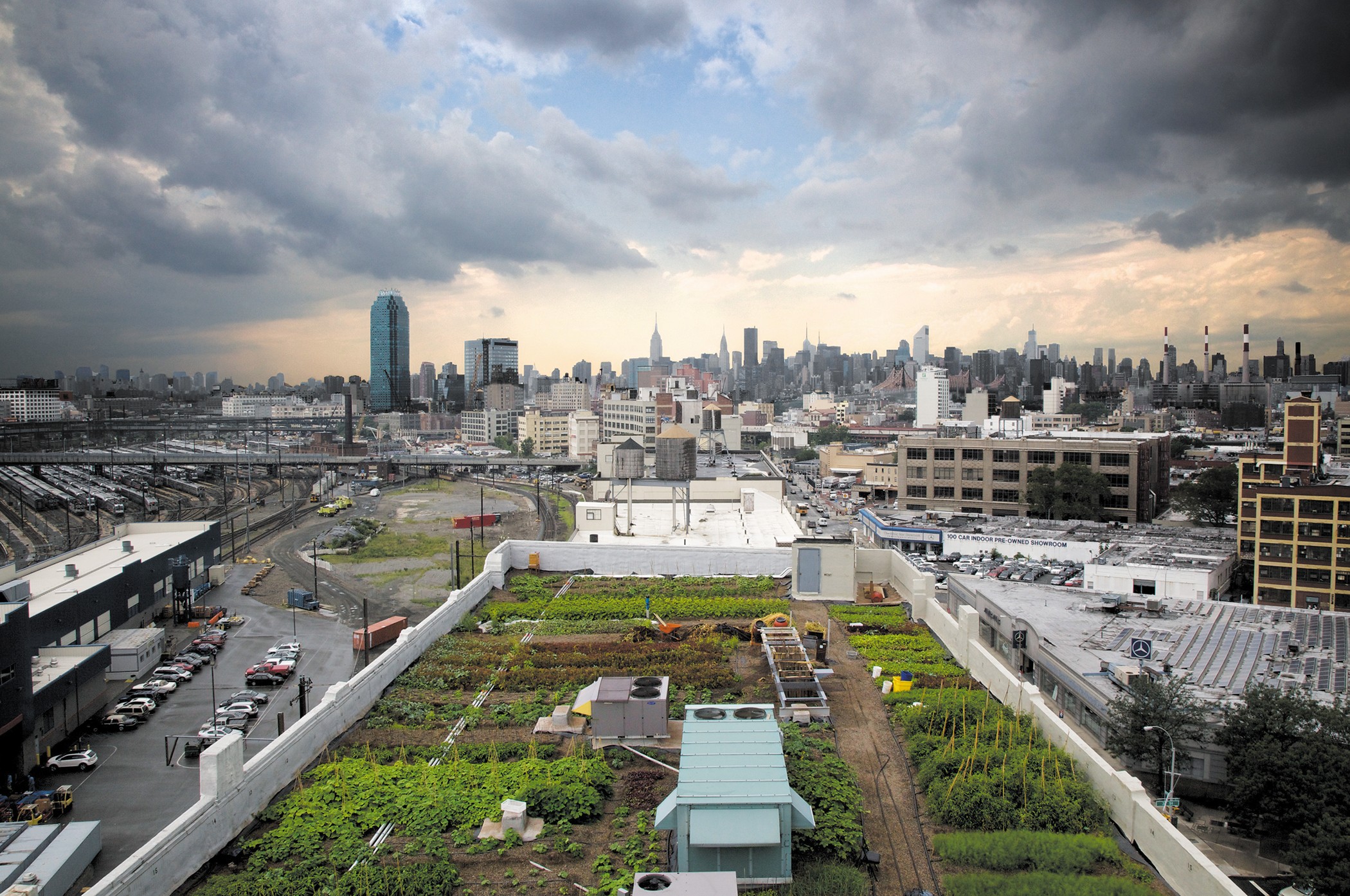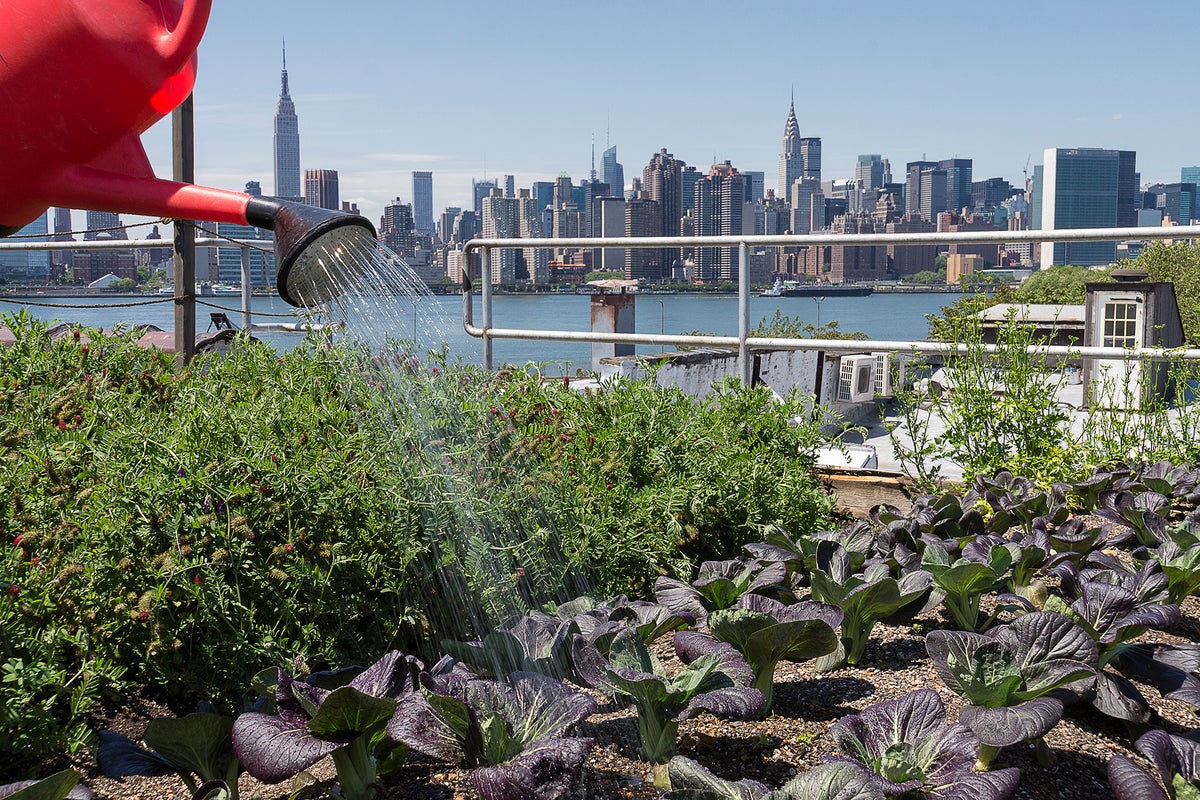Get This Report on City Blooming
Get This Report on City Blooming
Blog Article
The Main Principles Of City Blooming
Table of ContentsRumored Buzz on City BloomingUnknown Facts About City BloomingExcitement About City BloomingFacts About City Blooming UncoveredThe Main Principles Of City Blooming
Intrigued in growing food for sale in the City of Chicago? Below is a listing of regularly asked inquiries relating to the guidelines and regulations that cultivators need to think about when intending a city agriculture job.
The zoning amendment does not customize any kind of other codes managing composting, building licenses, acquiring or renting City had building, organization licenses or environmental contamination. There are existing codes that manage these issues and they continue to be in complete effect and may be suitable to your job. Neighborhood gardens are generally possessed or taken care of by public entities, public organizations or community-based organizations and maintained by volunteers.
Urban ranches grow food that is meant to be sold, either on a not-for-profit or for-profit basis. As a result of their commercial objective, urban ranches need a service certificate. Yes. An area yard is enabled to sell surplus produce that was expanded on site if the sales are accessory or subordinate to the garden's main purpose described above.
Our City Blooming Ideas
The amount of compost product can not exceed 25 cubic lawns at any type of given time according to the standards in 7-28-715 of the City's Municipal Code. Since the dirt at most brand-new yard sites needs modifying, garden compost, dirt, timber chips, or various other materials can be gotten to create or boost the growing space.

If a structure permit is called for then the hoophouse will be thought about an accessory building. You can learn more concerning the structure license demands by contacting the Division of Buildings. The 25,000-square-foot dimension limitation is meant to stop a solitary neighborhood garden from dominating a given block or interfering with the block's existing household or industrial character.
The limitation does not apply to gardens located in Public Open Room (POS) districts. Can there be more than one community garden that is 25,000 square feet on a solitary block? Secure fencing is not needed, however, yards that have large vehicle parking areas might be required to set up fencing or various other landscaping functions.
All About City Blooming
B1 & B2 districts require that all industrial use tasks be performed inside. R areas restrict industrial activity. The laws mirror the purpose and intent of the Zoning Code. Is secure fencing required for urban farms? Yes. Fencings i loved this may be called for, together with landscaping and screening, for specific parking lot and outdoor work or storage locations relying on place and the specific activity occurring.
Urban ranches call for building authorizations and zoning authorizations prior to building (garden care). Other forms of city evaluation may be called for depending on specific structures, tasks, dimension, landscaping, licensing, public health and stormwater administration problems.
Yes. The sort of permit is determined by what is taking place at the site. The Division of Company Matters and Customer Security can aid figure out the specific sort of organization license that's needed. Yes. Off street vehicle parking is needed for the majority of business tasks in Chicago. The required variety of vehicle parking spaces is based on the variety of staff members dealing with site and not the square footage of the growing area.
City Blooming Things To Know Before You Get This

Yes. A metropolitan ranch can market compost product produced on website, nevertheless, the operation should abide by the regulations in 7-28-715 of the Chicago Municipal Code. Yes. Aquaponic systems are permitted indoors on city farms in lots of zoning districts. Nonetheless, a zoning review and building authorization is needed in order to install frameworks or systems and an organization license is required as explained above.
As much as 5 hives or swarms of honey may be kept as an accessory use. Nevertheless, beekeepers have to register with the Illinois Department of Farming. For additional information concerning the recommended zoning amendment you may get in touch with the Division of Housing and Economic Growth, Bureau of Preparation and Zoning at 312.744.8563.
Farming in cities and metropolitan areas An urban ranch in Chicago. Urban agriculture refers to numerous practices of growing. https://canvas.instructure.com/eportfolios/2986028/Home/City_Gardening_A_Green_Oasis_in_the_Concrete_Jungle, processing, and distributing food in city areas. The term additionally puts on the area tasks of animal husbandry, aquaculture, beekeeping, and gardening in an urban context. Urban agriculture is identified from peri-urban agriculture, which occurs in backwoods at the side of suburban areas.
Little Known Facts About City Blooming.
It can include an activity of organic growers, "foodies" and "locavores", who look for to create social media networks founded on a shared values of nature and community holism. These networks can establish by means of official institutional support, ending up being incorporated into local town as a "shift community" motion for lasting urban development.
Some of the first evidence of urban farming comes from Mesopotamia.
Report this page